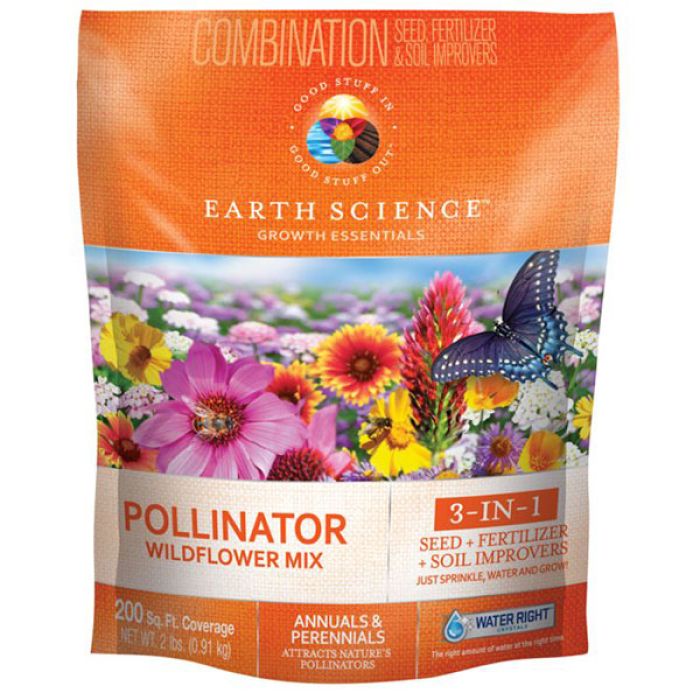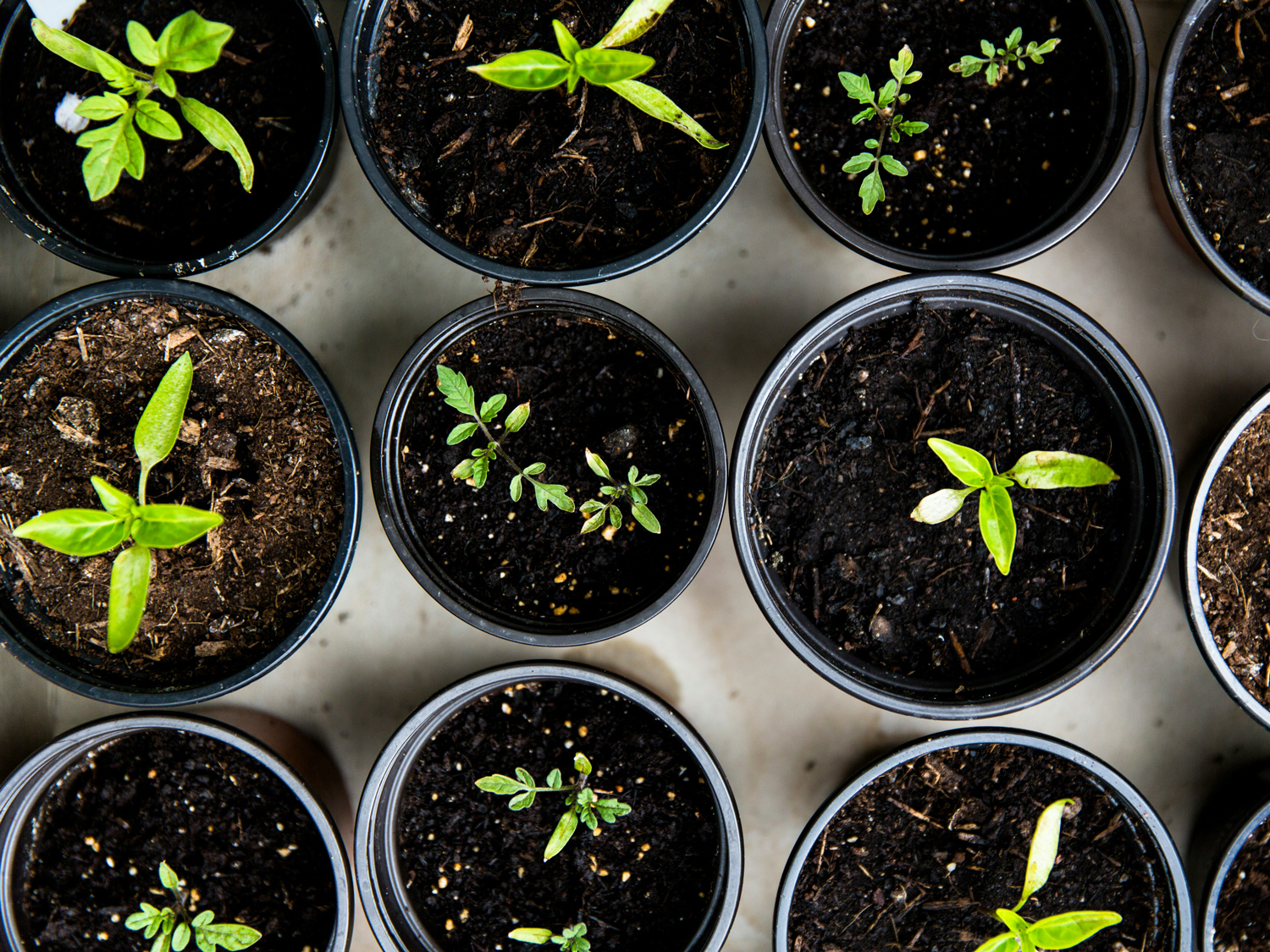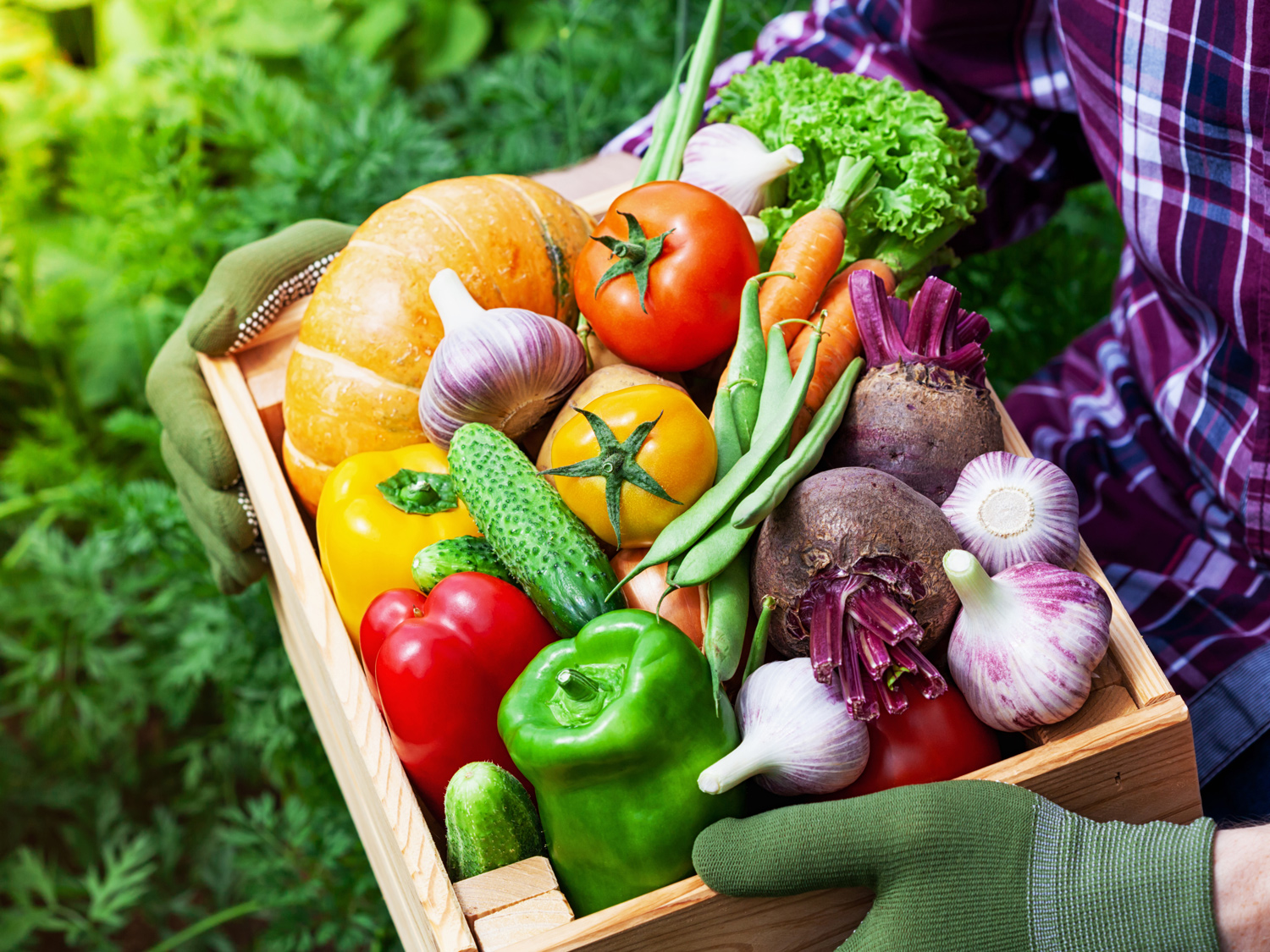Earth Science, Pollinator Wildflower Mix, 2 lbs.

Description
Liven up your garden with a wildflower mix designed with pollinators in mind. Earth Science makes it easy with this all-in-one formula that contains natural wildflower seed, mulch, plant food, and soil conditioners.
Seed Starting Successfully
Start your garden from scratch with Gertens' wide variety of seed packets! Whether you're a seasoned gardener or just starting out, we have seeds for every skill level and garden size. From colorful flowers to delicious vegetables, our seeds are carefully selected for their quality and performance.
Details
Liven up your garden with a wildflower mix designed with pollinators in mind. Earth Science makes it easy with this all-in-one formula that contains natural wildflower seed, mulch, plant food, and soil conditioners. Natural mulch & soil improvers creates the ideal soil conditions for growth. Patented Water Right Crystals™ provide an ideal guide for when and how much to water. Earth Science Pollinator Mix is a carefully selected blend of 13 species, including annual candytuft, Siberian wallflower, zinnia, purple coneflower, rocket larkspur, and lacy phacelia.
- Earth Science All-In-One Daisy Flower Mix, with seed, mulch, and soil conditioners 200 sq. ft.
- Water Right Crystals expand and sparkle with water, helping you to give the right amount of water at the right time.
- A blend of wildflower species known to attract bees, butterflies, birds, and other pollinators.
- Natural mulch & soil improvers creates the ideal soil conditions for growth.
- Easy to apply straight from the pouch.
- Designed to bloom throughout the season with minimal care or maintenance.
More Information
| Brand | Earth Science |
|---|---|
| Deer Resistant | No |


